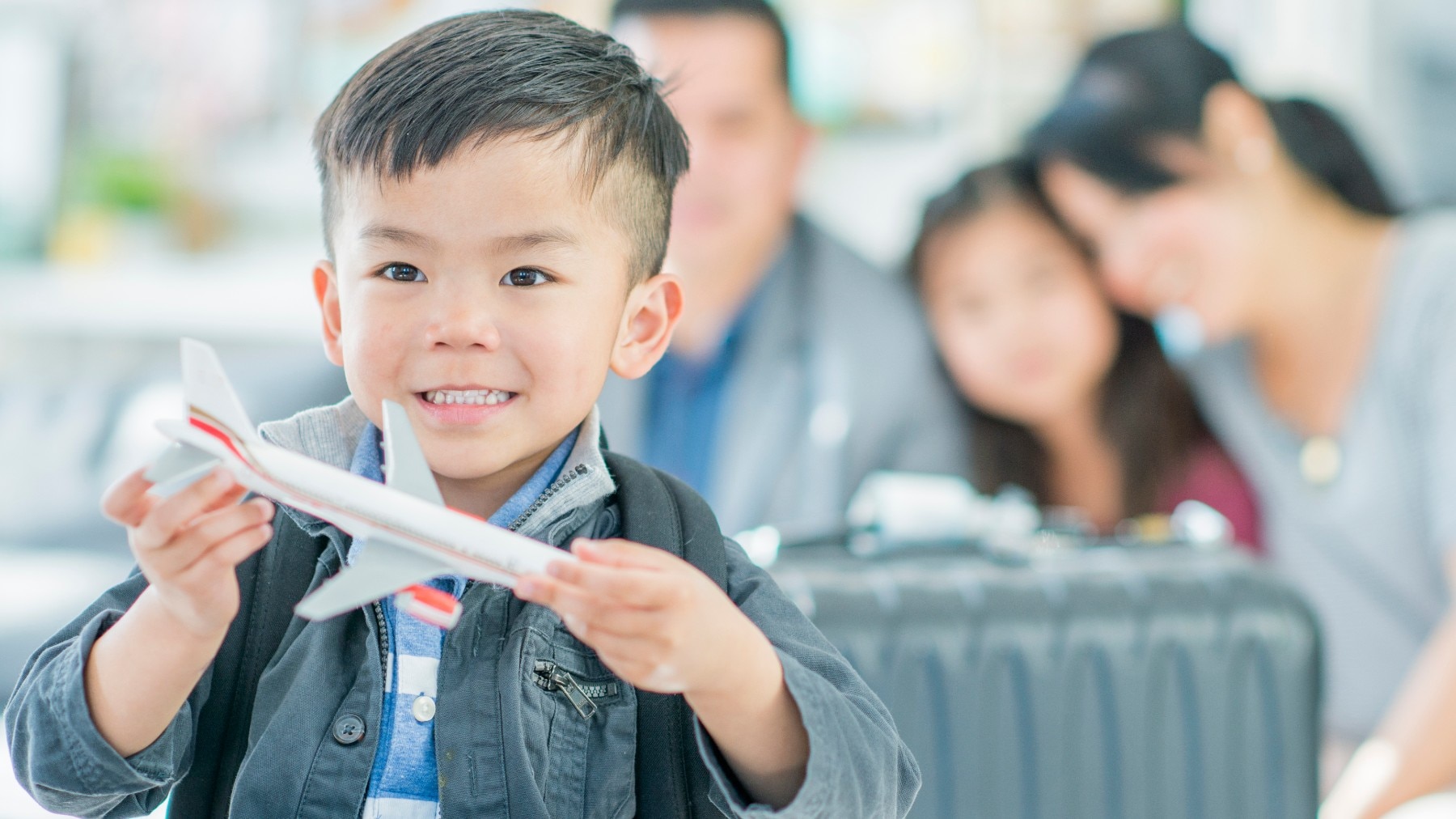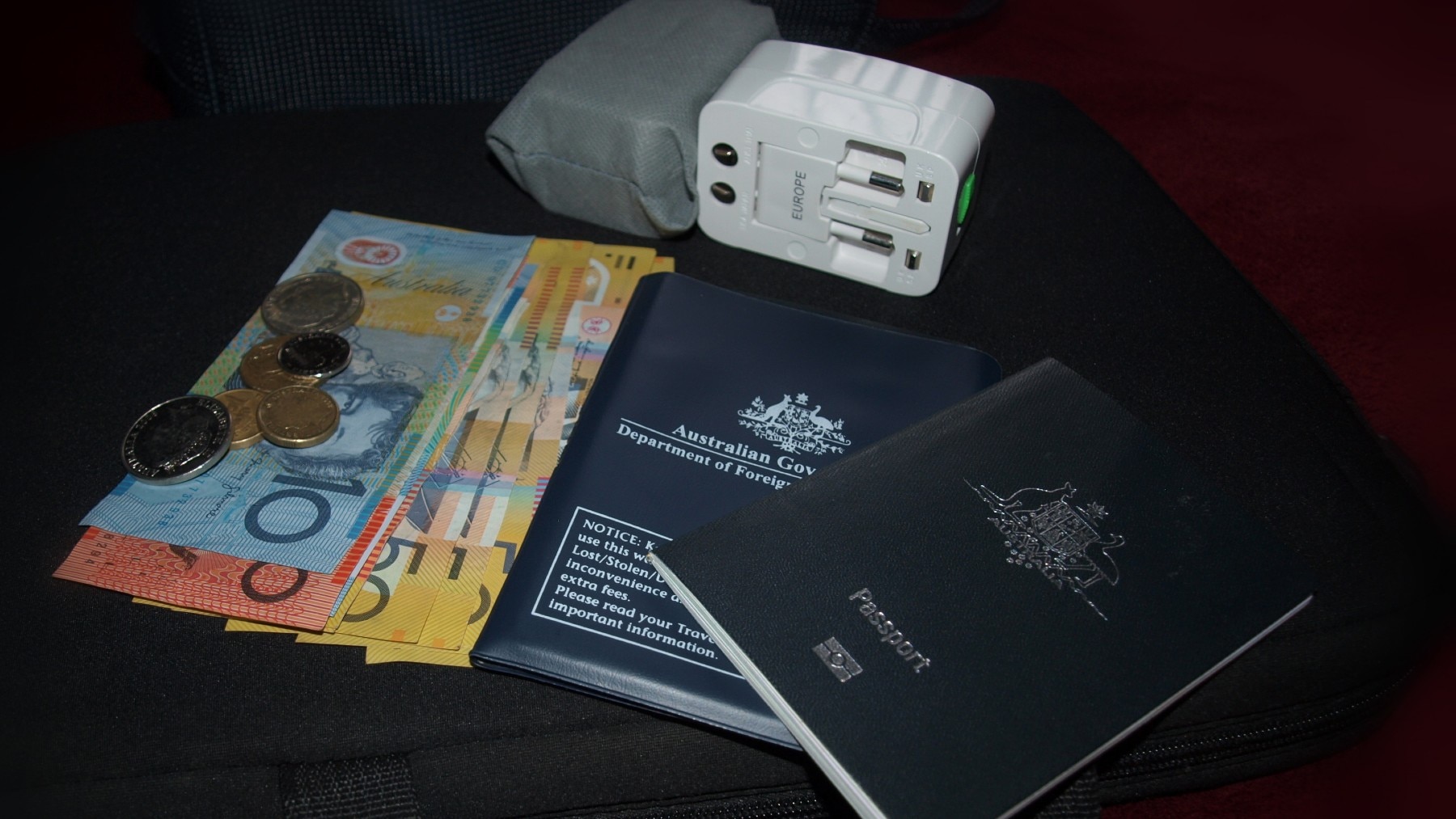Taking a cautious approach amidst COVID-induced restrictions, the Morrison government announced it will maintain its planned ceiling for the 2021-22 Migration Program at 160,000 places.
“Australia’s effective management of COVID makes us an even more attractive place for the best and brightest from around the world,” Treasurer Josh Frydenberg said in Parliament while delivering this year's Budget.
“To take advantage of this, we are streamlining visas to target highly-skilled individuals when circumstances allow,” he said tonight in his televised speech.
Highlights:
- Migration planning levels will remain the same as last year at 160,000
- Focus on onshore skilled migrants, special consideration for parent visa
- International students working in hospitality and tourism sector no longer face a cap on working hours
‘A ceiling, not a target’
These planning levels include 79,600 skill and 77,300 family stream places, a measure that the government says, is “appropriate” for the current health and economic circumstances.
“Family and Skilled stream places will be maintained at their 2020-21 planning levels, with a continued focus on onshore visa applicants, including reducing the onshore Partner visa pipeline,” the Budget document states.
The government has also decided to maintain the Humanitarian Program at 13,750 places.
“The Humanitarian Program will be maintained at 13,750 places in 2021-22 and over the forward estimates, and the size of the program will remain as a ceiling rather than a target,” the Budget document reveals.
Melbourne-based migration agent Navjot Kailay says that tonight’s announcements indicate that the government’s plans for migration in the next year are largely based on “heroic assumptions”.
“There are so many factors and parameters that need to be met, including the vaccine rollout and crucial decisions like reopening Australia’s international borders to skilled migrants,” he told SBS Punjabi.
“Everything in the next program year for migration would depend upon the success of the COVID-19 vaccination strategy, the number of new COVID cases and a safe quarantine program — one that can accommodate more returning international arrivals, including skilled migrants and international students,” Mr Kailay added.
Impact on Skilled Migration
In context of visas, the Budget document states that the government will continue to prioritise Employer-Sponsored, Global Talent, Business Innovation and Investment Program visas within the Skilled Stream.
“The priority remains the same as last year when the government had tripled the allocation of the Global Talent Independent (GTI) Program to 15,000 places, which was a massive increase from the previous program year’s planning levels, as part of which, only 5,000 places had been granted. So, overall there will be no major change in the Skilled Stream,” explained Mr Kailay.
Phased return of international students
According to Budget Paper No 1, a key assumption in its economic forecast is that international students will only be able to return to the country as part of “small phased programs” later this year and student numbers will only “gradually increase” from 2022.
Flexibility for student visa holders
In yet another important announcement impacting foreign students, the government has provided flexibility to student visa holders in the hospitality and tourism sectors to work beyond the current 40 hours-per-fortnight limit, as they have been severely impacted by COVID-19 restrictions.
This measure builds on previous changes in response to COVID-19, which allowed international students working in critical sectors, such as agriculture, health and aged care, to work more than 40 hours per fortnight.
The Budget also includes an additional $53.6 million lifeline for international education providers that have suffered monumental economic losses owing to Australia’s border closures. These measures are targeted at independent English language and non-university higher education providers.
Temporary visa holders
The federal government has removed the requirement for applicants for the Subclass 408 Temporary Activity visa to demonstrate their attempts to leave the country in order to undertake agricultural work.
The period in which a temporary visa holder can apply for the Temporary Activity visa has also been extended from 28 days prior to visa expiry to 90 days prior to visa expiry.
Parent visa validity
In a new provision, the government will extend the validity period for Sponsored Parent (Temporary) visas by 18 months for individuals who are unable to use their visas due to COVID-19 travel restrictions.
The government has allocated $0.1 million to back this announcement.
Adult Migrant English Program
The government will introduce a new delivery model for the Adult Migrant English Program (AMEP) from 1 July 2023 to improve English language, employment and social cohesion outcomes for migrants by linking provider payments to student outcomes.
The cap of 510 hours will be removed and migrants will be able to study until they have reached the level of 'vocational' English.
Government’s net migration plans
In a major blow to Australia’s economy that is heavily reliant on immigration, the 2021-2022 Budget estimates reveal that the country will suffer yet another year of negative net overseas migration since the Second World War.
As previously noted, the Net Overseas Migration (NOM) is expected to fall from around 154,000 persons in 2019-20 to around -72,000 persons by the end of 2020-21.
Dr Liz Allen, a demographer at the Australian National University told SBS Punjabi that this could have far-reaching consequences for the nation's future.
“Australian governments since World War II have relied on immigration to help build, and more recently, to maintain the economy. Despite what the current government has done in reducing the permanent overseas migration ceiling, behind the scenes, the Morrison government has indicated their reliance on migrants contributing to the nation.
“Much of the post-pandemic recovery is dependent on having the necessary workforce and migrants are vital to the nation’s success, over the next 20 years especially,” Dr Allen explained.
She added that without migrants, Australia’s COVID recovery is going to be a “painfully long process”.
“Net overseas migration will take around one to two years to return to pre-pandemic numbers, once borders are properly opened. This means Australia’s recovery will be a much longer process than countries like Canada or the US.
“I fear housing affordability is going to get much worse over the next few years because the nation doesn’t have the necessary workforce to build essential infrastructure,” she added.
Dr Harminder Singh, Associate Professor of Finance at Melbourne's Deakin University, also suggests that Australia’s road to economic recovery is heavily reliant on its migration program.
“There are many industries that are suffering from labour shortages that could only be fulfilled by skilled migrants and international students. The government understands this but would need to wait and watch how the pandemic unfolds in the rest of the world, especially in countries like India and China which are the two top sources of skilled migrants and international students,” Mr Singh says.
“At this stage, the government is in no position to commit to opening international borders - a measure which has so far protected Australia,” he adds.
Click on this audio button to listen to the full audio report in Punjabi
Budget 2021-22: Update on Australia’s immigration program, skilled migrants and international students
00:00 00:00
SBS is committed to informing Australia’s diverse communities about the latest COVID-19 developments. News and information is available in 63 languages at sbs.com.au/coronavirus.
Listen to SBS Punjabi Monday to Friday at 9 pm. Follow us on Facebook and Twitter.
https://news.google.com/__i/rss/rd/articles/CBMikgFodHRwczovL3d3dy5zYnMuY29tLmF1L2xhbmd1YWdlL2VuZ2xpc2gvYXVkaW8vYnVkZ2V0LTIwMjEtMjItdXBkYXRlLW9uLWF1c3RyYWxpYS1zLWltbWlncmF0aW9uLXByb2dyYW0tc2tpbGxlZC1taWdyYW50cy1hbmQtaW50ZXJuYXRpb25hbC1zdHVkZW50c9IBAA?oc=5
2021-05-11 13:49:05Z
52781579287453
Bagikan Berita Ini


















0 Response to "Budget 2021-22: Update on Australia's immigration program, skilled migrants and international students - SBS"
Post a Comment